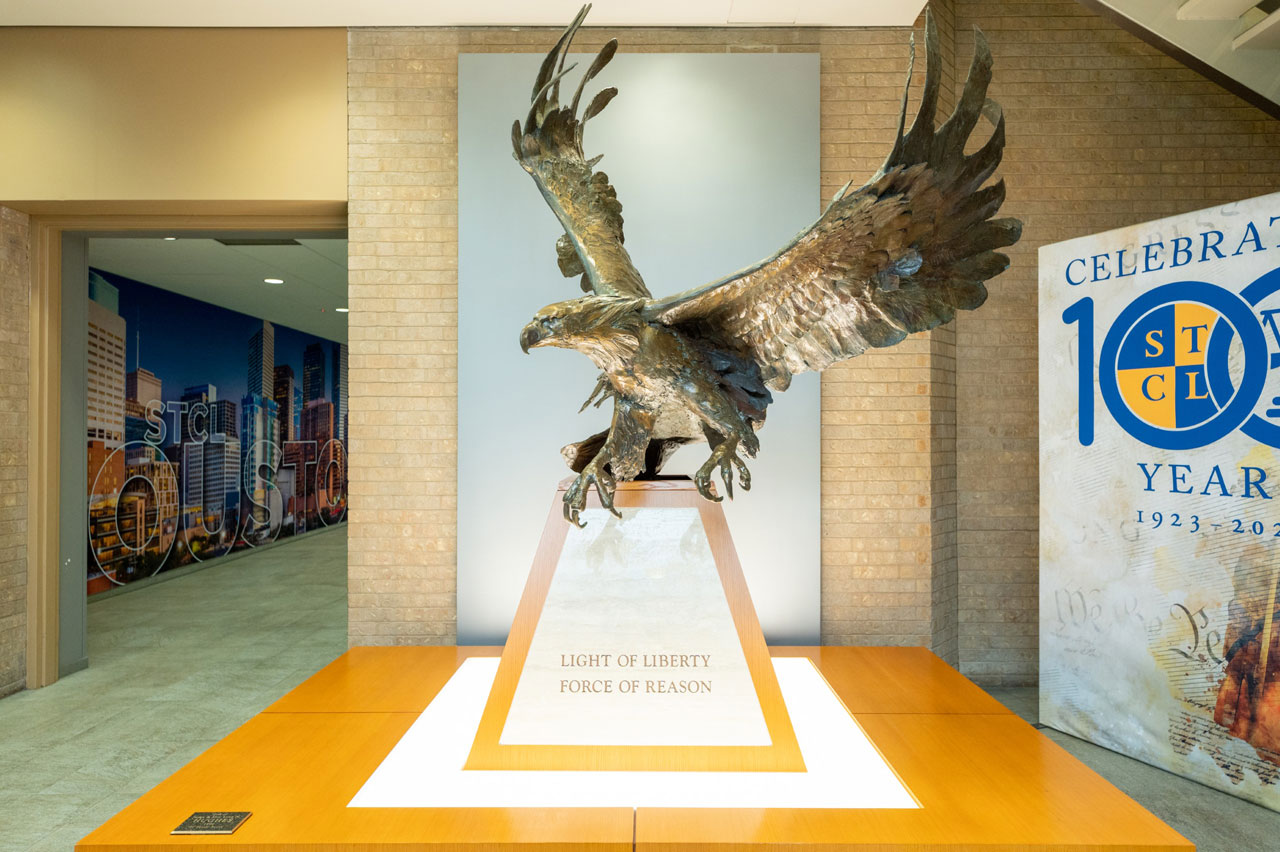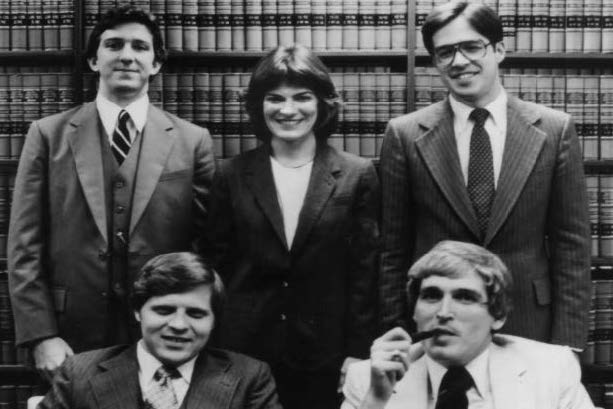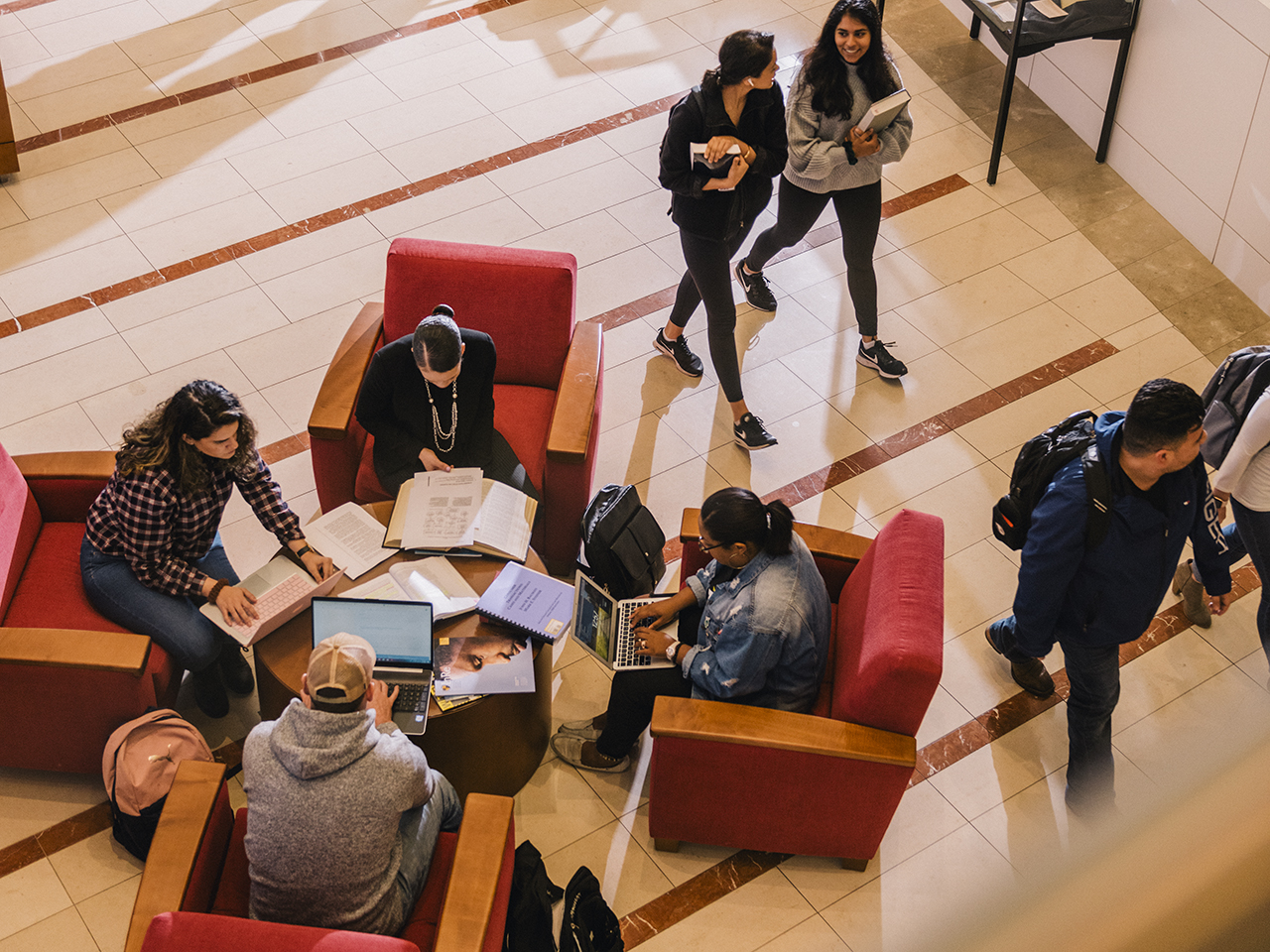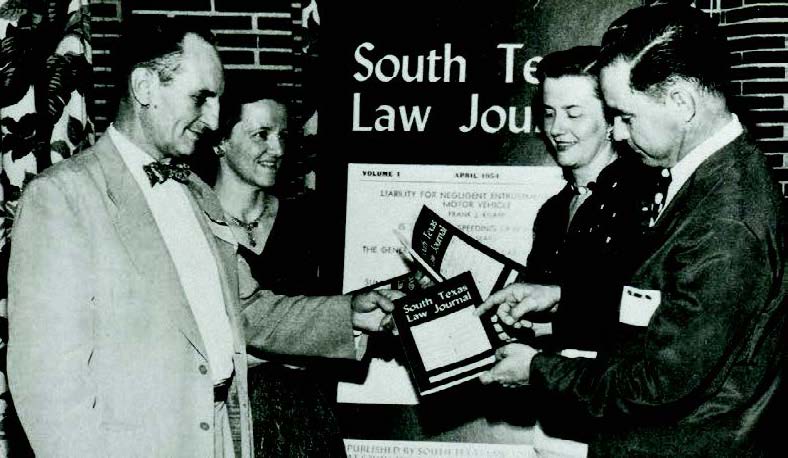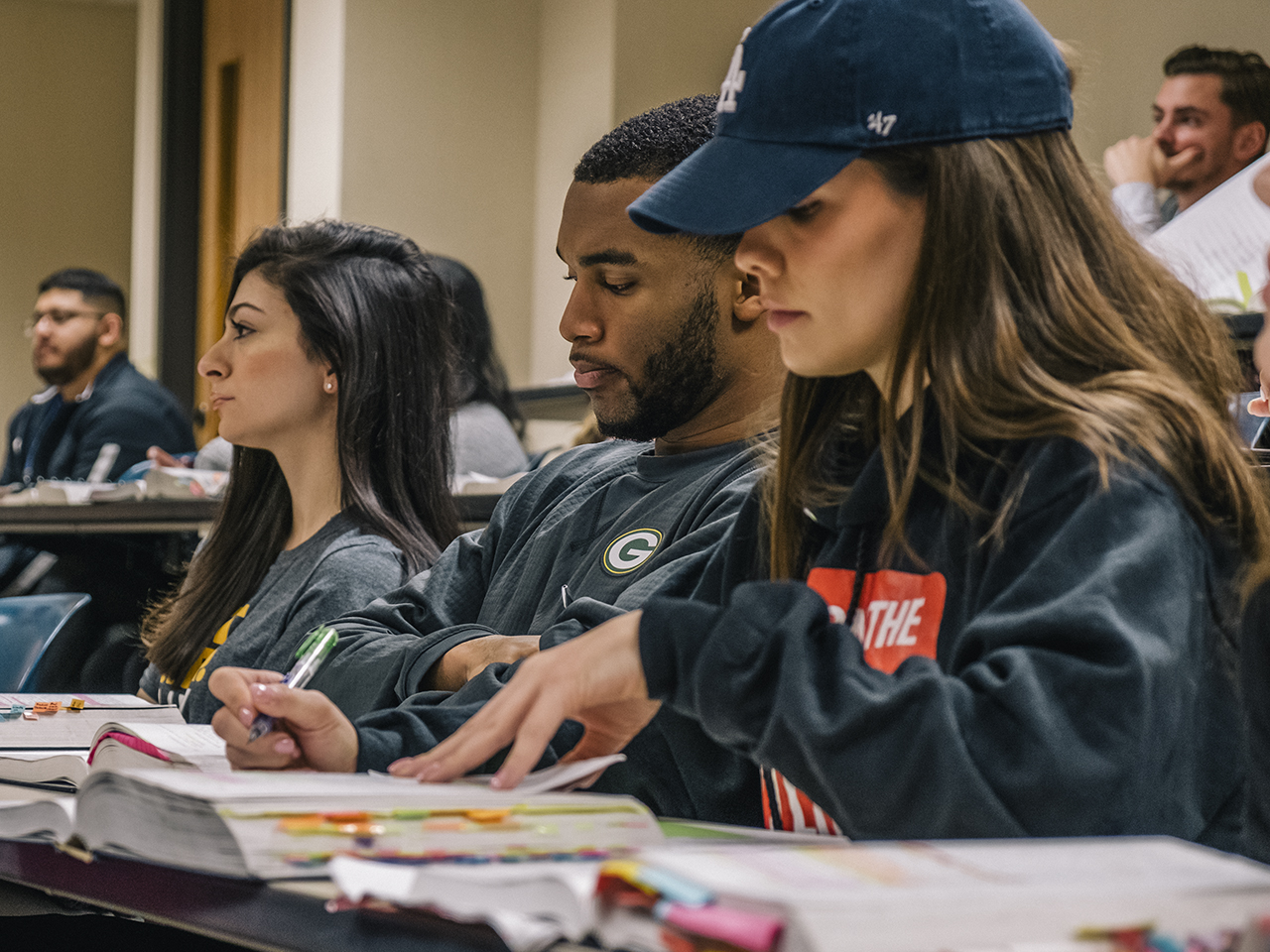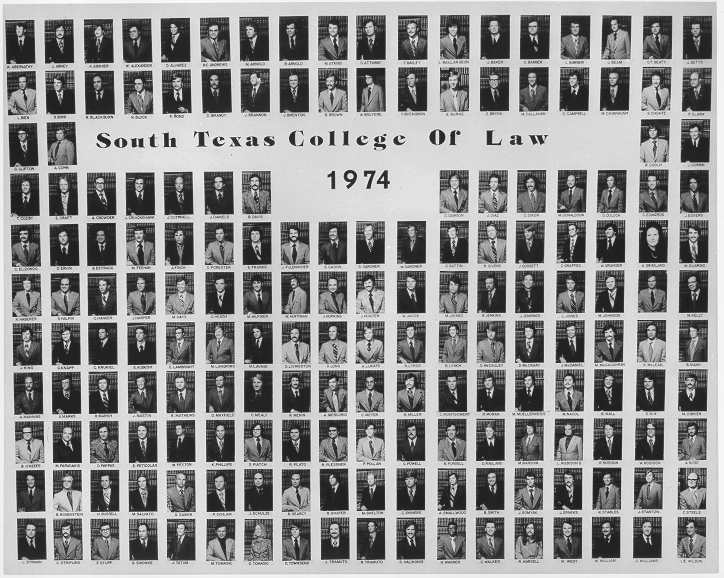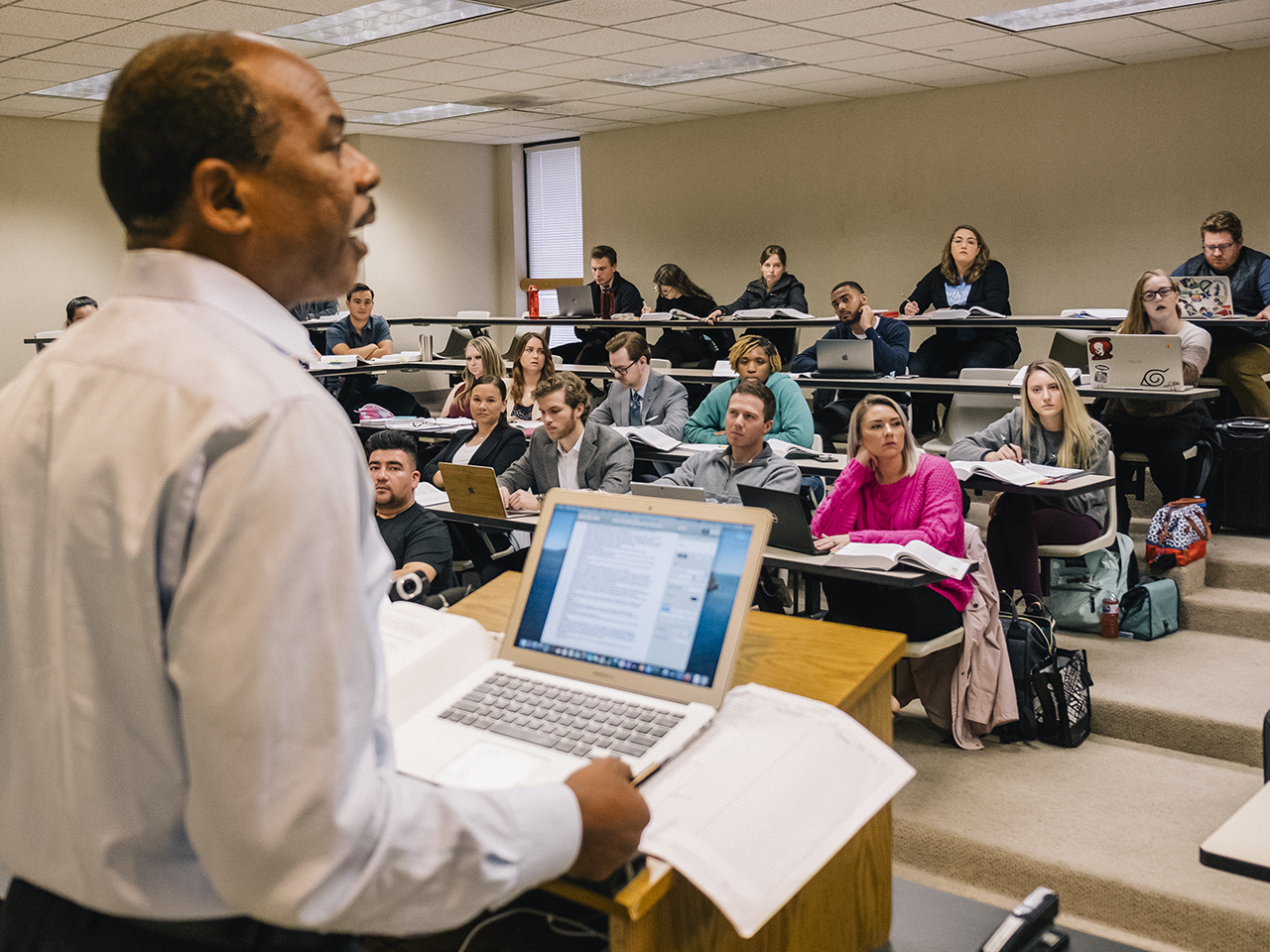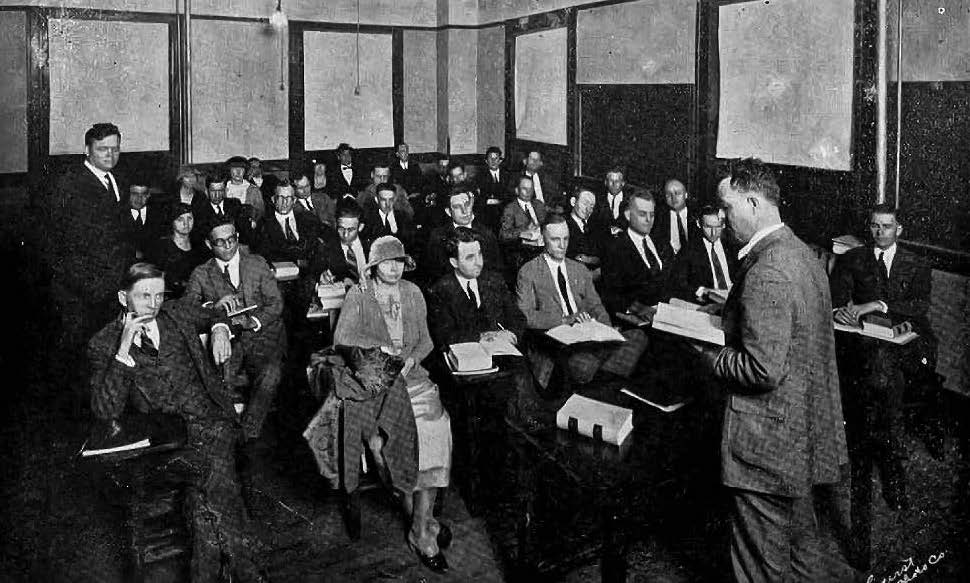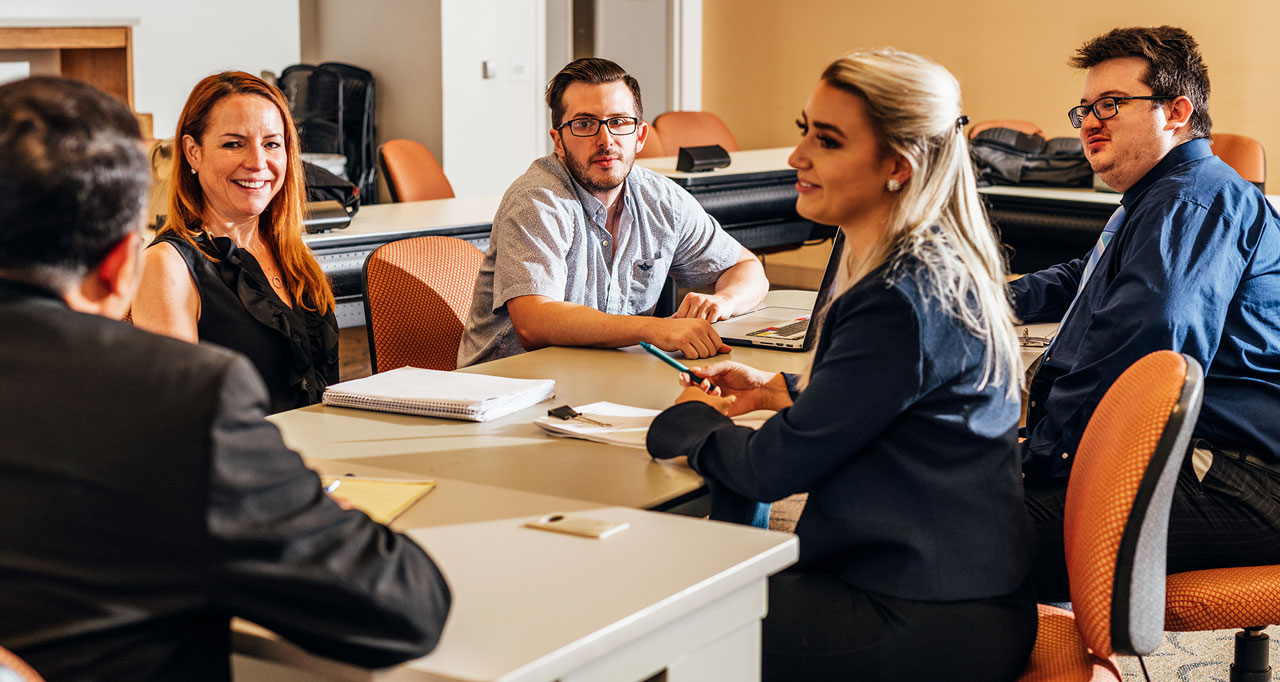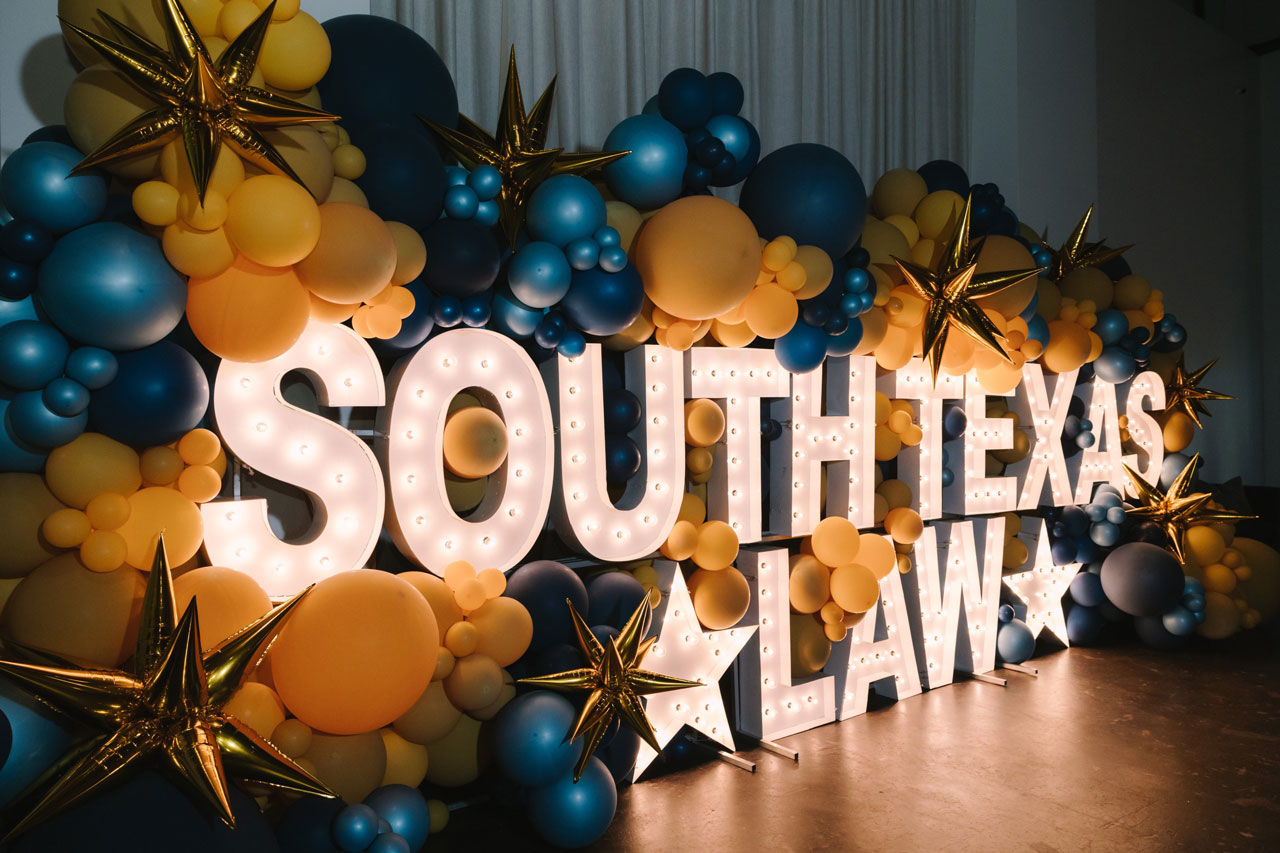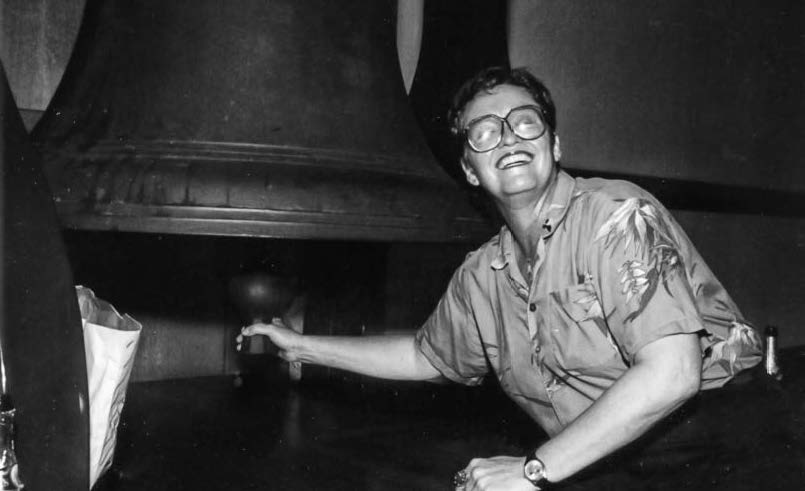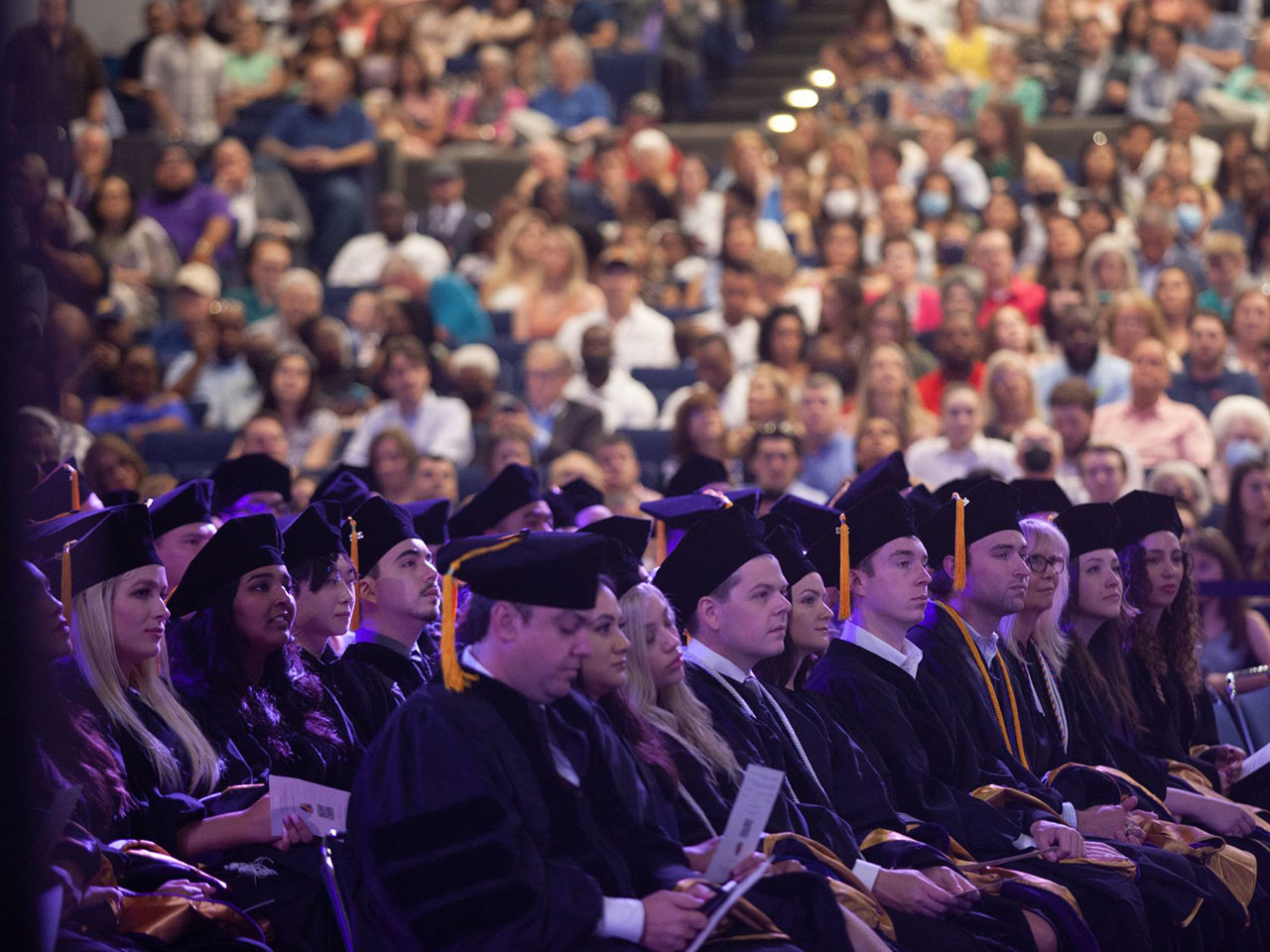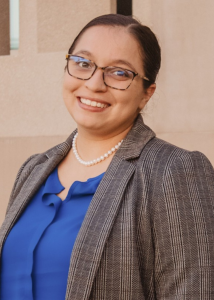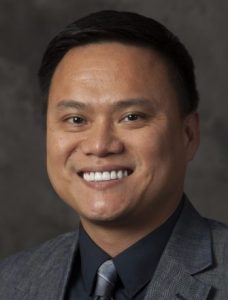Our Story
Mission
South Texas College of Law Houston provides a diverse body of students with the opportunity to obtain an exceptional legal education, preparing graduates to serve their community and the profession with distinction.
History
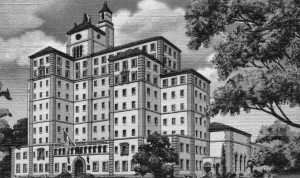
South Texas College of Law Houston was the city’s first law school, established at the YMCA by prominent Houston leaders to ensure working professionals could gain an exceptional legal education. So began a tradition of educational excellence and relevant career preparation that has now spanned a century.
First established as South Texas School of Law, it opened its doors Sept. 24, 1923, with seven part-time instructors and 34 students. Classes were held in a single room in the YMCA, with wooden fans suspended from the ceiling and chairs with arms that served as desks. By 1945, when it changed its name to South Texas College of Law, enrollment had surpassed the University of Texas School of Law for the first time.
In the following years, the law school experienced consistent growth in faculty, students, educational quality, and visibility. Reflecting this, South Texas received provisional accreditation from the American Bar Association’s House of Delegates in 1959 and earned the ABA’s full accreditation in 1969. During that decade, it became the first law school in Texas to award a J.D. degree to graduates.
A key moment in the law school’s history came in 1974 when it hosted the first Spurgeon Bell Moot Court Competition. This was a critical step in establishing South Texas’s reputation in advocacy — a reputation that has only grown stronger over time. Under Professor T. Gerald Treece’s leadership, the advocacy program became a national advocacy powerhouse. In 1979, the program was for the first time named one of the best in the country.
After South Texas won the ABA National Appellate Advocacy Competition for the fourth straight year in 1993, the ABA retired the national trophies for best team and best brief to the school. The following year, a South Texas team won the Association of the Bar of New York National Moot Court Competition, nicknamed “the Super Bowl of trial advocacy.” By 2016, the Advocacy Program earned “best of the decade” recognition.
As it continued to grow, STCL Houston also became known as one of the nation’s most diverse law schools. Enrollment would increase significantly among women and minority students, eventually leading to high rankings from a number of national publications. In the final years of the 20th century, STCL Houston built on its commitment to provide a high-quality, relevant legal education that prepared graduates for a successful career. It gained membership in the Association of American Law Schools (AALS) by a unanimous vote and also created the unique Consortium for Innovative Legal Education (CILE) with four other independent law schools.
Now, the law school is located at 1303 San Jacinto in a building that takes up an entire city block. In fall 2022, STCL Houston began its 100th year of classes and continued innovating — adding a part-time, primarily online schedule to allow students to earn its exceptional J.D. degree from anywhere. In the centennial year of 2023, the law school will honor the past, celebrate the present, and build the future.
Houston’s Oldest Law School
The law school was founded because the city’s foremost business leaders and legal minds recognized a great need to train attorneys and sought to address it. Since that time, STCL Houston has become a vital institution in the region’s legal landscape. Now 100 years old and thriving, the law school maintains the mission focus established a century ago while addressing the emerging needs of the 21st century.
Achievements & Awards
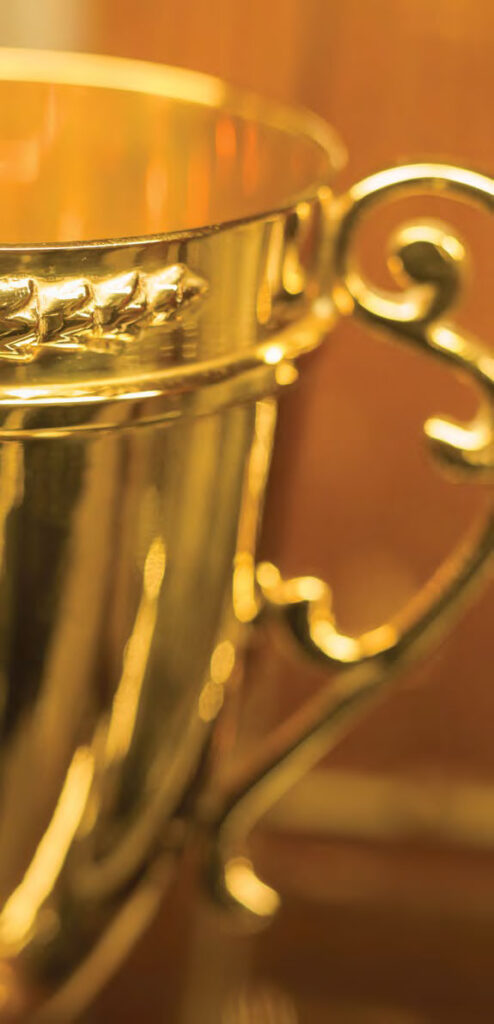
South Texas Law students have won 141 national advocacy championships. Also, U.S. News & World Report recently ranked the advocacy program No. 3 in the nation for trial advocacy. As an advocacy powerhouse, STCL Houston has consistently been among the top 10 programs for many years.
STCL Houston students have achieved 24 first-place national and international dispute resolution wins in the past decade. Through the work of the Frank Evans Center for Conflict Resolution, the school was ranked as a “Top Law School for ADR” by preLaw magazine in 2021.
The law school has won 15 American Bar Association National Appellate Advocacy Championships, more than any other law school in the nation.
STCL Houston has brought home five first-place Best Brief awards in the American Society of Legal Writers’ Scribes Competition, the most prestigious legal writing competition in the country. No other law school has claimed this honor more than once.
The Texas Access to Justice Commission awarded South Texas the 2022 Access to Justice Law School Commitment to Service Award in recognition of the law school’s extensive pro bono service. STCL Houston has received this prestigious award, which is open to all accredited law schools in Texas, four times in the 11 years it has been presented.
Three STCL Houston individuals dedicated to pro bono legal service were named to the 2023 AALS Pro Bono Honor Roll hosted by the Pro Bono and Access to Justice Section of the Association of American Law Schools (AALS):
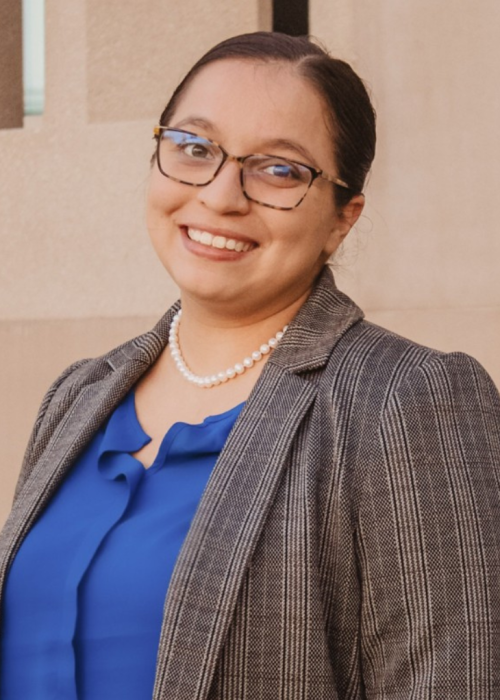
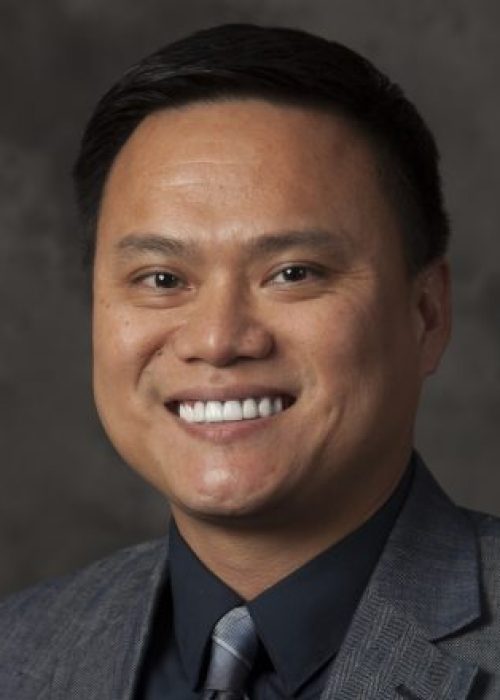
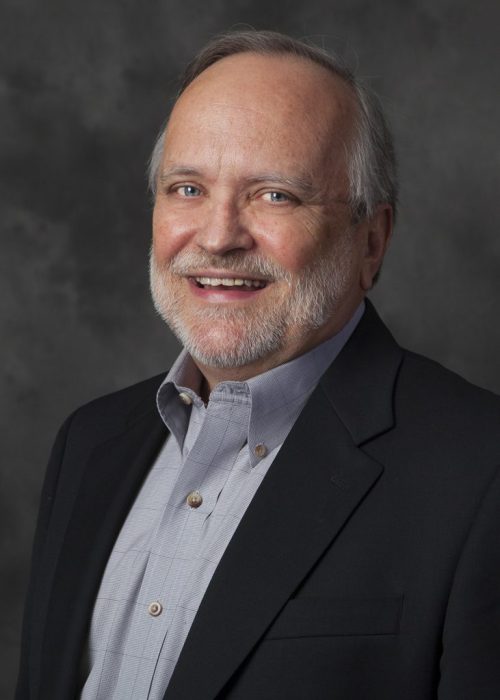
Student Profile
Enrolled
Majors
Represented
White
51.06%
Hispanic
26.96%
Black or
African American
7.75%
Asian
7.32%
Not Reported
5.2%
<More than one
1.27%
American Indian
.21%
Native Hawaiian
.21%

